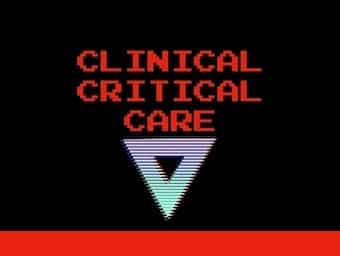
Decompressive Craniectomy
What's next after RESCUEicp? -The results of this study may have been disappointing, but there are some questions about the trial itself which we review.

What's next after RESCUEicp? -The results of this study may have been disappointing, but there are some questions about the trial itself which we review.

A strong interdependent system of care can improve survival from out of hospital cardiac arrest, with Tony Walker ASM

Not all major trauma patients are hypotensive from hypovolemia: what are the differential diagnoses? with Caroline Leech

Ahilan Parameswaran discuses the role of ultrasound in paediatric lumbar puncture.

Does POCUS delay CPR in cardiac arrest? Should we be doing transesophageal echocardiography in the resus room? A pro-con case-based debate.

Brandon Foreman delivers a rapid-fire talk on assessing stroke symptoms; using EEG after acute brain injury; and advanced multimodality monitoring.

Ernst Adolf Gustav Gottfried von Strümpell (1853 - 1925) was a German neurologist. Strümpell signs, Strümpell-Lorrain disease, Marie-Strümpell disease and Westphal-Strümpell pseudosclerosis.

Eduard Tolosa i Colomer (1900 - 1981) was a Spanish neurosurgeon. described the superior orbital fissure syndrome in 1954 (Tolosa-Hunt syndrome)

Adolf Wallenberg (1862-1949) was a German neurologist. Wallenberg Syndrome and the Wallenberg Tract

Pirkko Santavuori (1933 - 2004) was a Finnish paediatric neurologist. Infantile neuronal ceroid lipofuscinosis (INCL) [Santavuori disease]

Ingrid Gamstorp (1924 - 2007) was a Swedish paediatric neurologist. Gamstorp disease (1956); Gamstorp-Wohlfart Syndrome (1959)

Charlotte Dravet (1936 - ) French paediatric psychiatrist and epileptologist. Dravet Syndrome (Early Infantile Epileptic Encephalopathy-6) in 1978